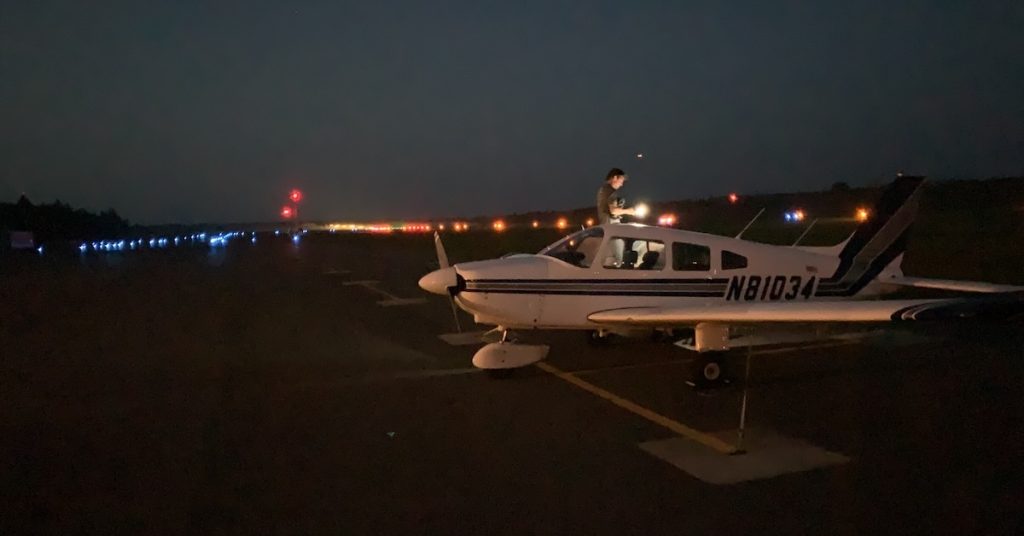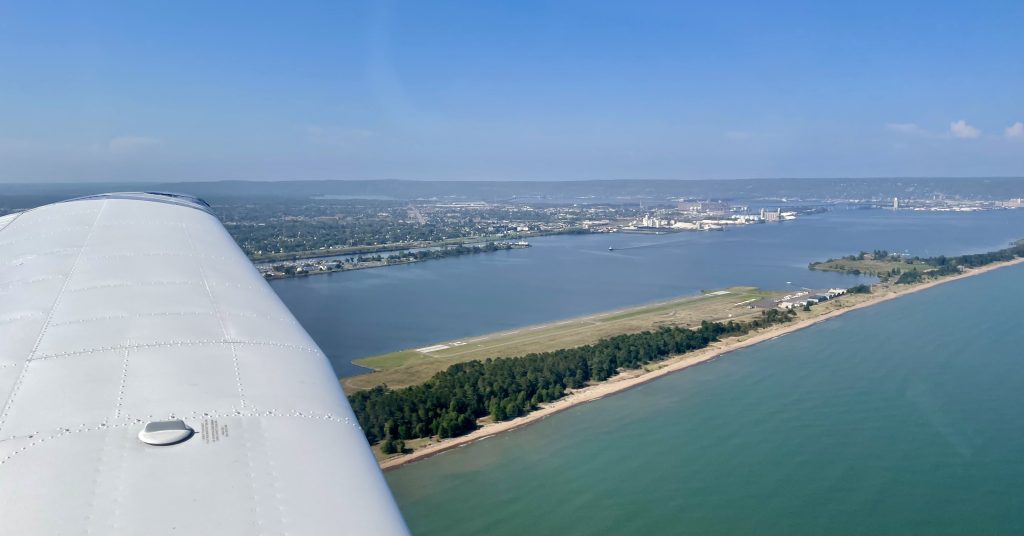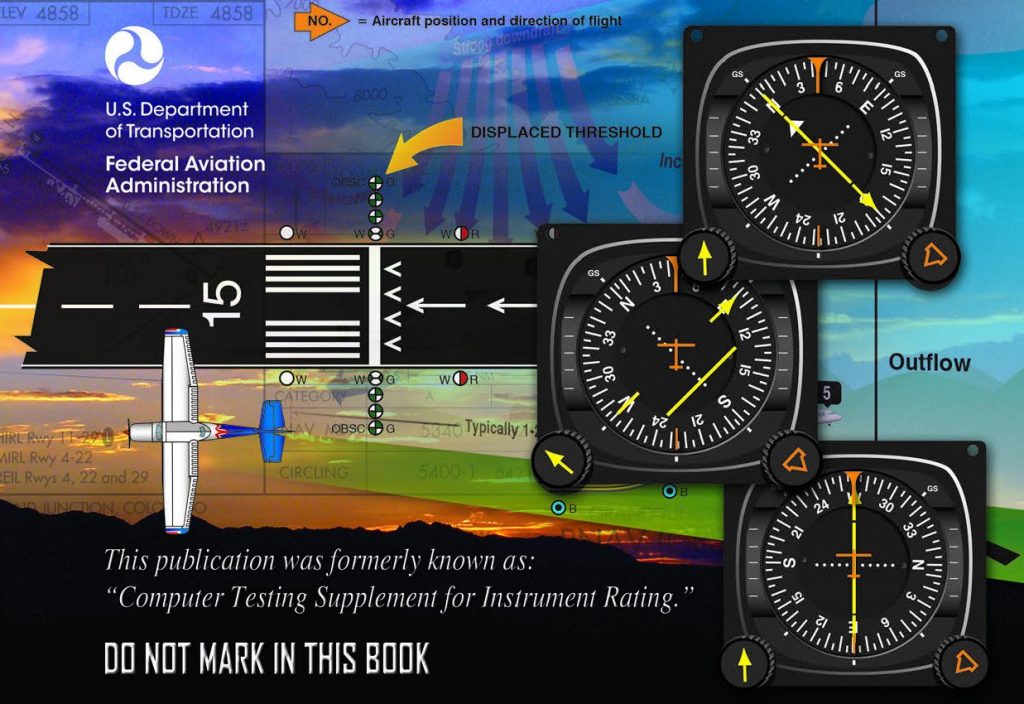Aeronautical Decision-Making: A Quick Night Flight With the 3Ps
Aeronautical decision-making occurs through all stages of flight. This particular situation happened on the initial climb.
While departing from San Carlos Airport (KSQL) in my airplane (N81034) to practice night instrument approaches, CFI Ed1 and I noticed our Vy pitch was 8° instead of the normal 12°.
The plane had not shown any abnormalities in our preflight, run-up, or takeoff checks. And yet, pitch + power ≠ performance.2
Perceiving this issue was the first step in the FAA’s 3P model.
…Aeronautical Decision-Making: A Quick Night Flight With the 3PsRead More »







